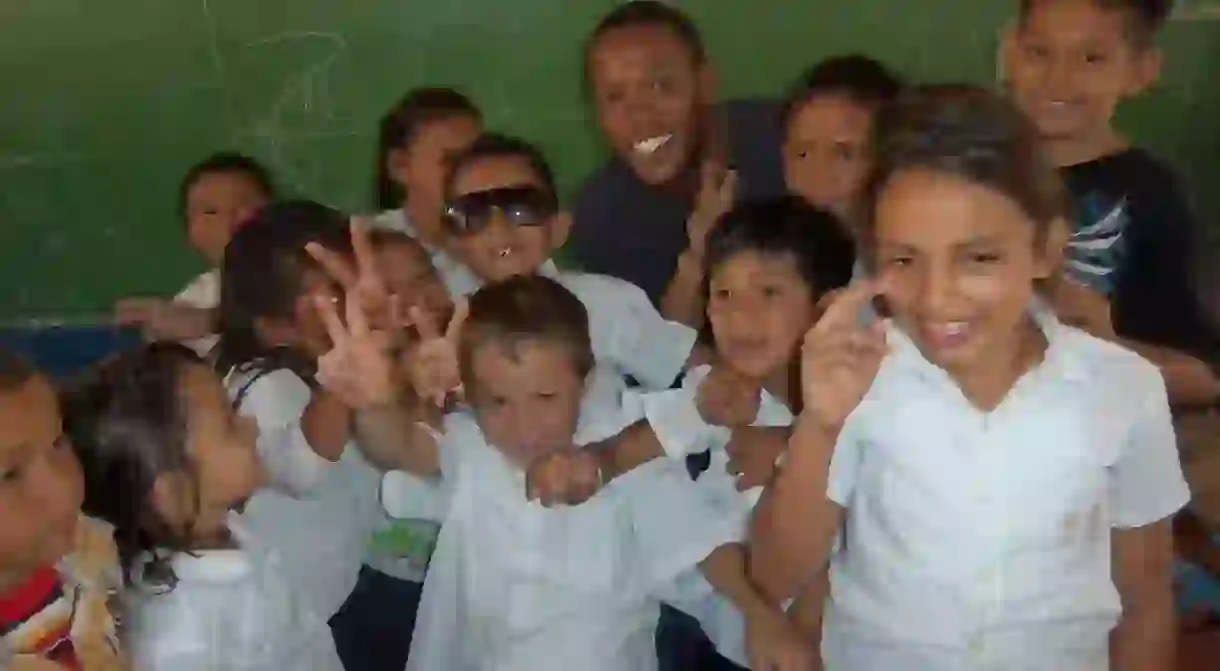A Brief History of Nicaragua's Education System

The fate of Nicaragua’s education system has been tied up in the country’s tumultuous recent history. Here’s what you need to know.
Long-term difficulties in education
As one of the poorest countries in Latin America, Nicaragua has traditionally struggled to invest sufficiently in its education system. Investment increased under the Sandinista government, which came to power after the revolution in 1979, but significant issues remain.
One of the biggest problems is that poverty pushes children away from school and into the labour market. This is an issue all over Nicaragua, but it’s particularly pronounced in rural areas and the isolated provinces on the Atlantic coast. For example, figures cited by The Guardian reveal that in the city of Bluefields only 6% of children from the poorest families finished secondary school.

Changing attitudes among public university students
Current president Daniel Ortega, a former revolutionary leader, has prioritised spending on primary and tertiary education. This means that attendance and facilities are even worse in secondary schools. However, it has traditionally meant that those who do make it to university are fairly supportive of the government.
That said, the protests of April 2018 revealed a shift. Students from public universities turned into a significant driving force behind the anti-Ortega protests, joining forces with retirees who would have been hit by the proposed pension reform, which sparked outrage. Experts believe that the hastily withdrawn proposals succeeded in uniting various groups in a wave of anti-Ortega demonstrations.

What comes next?
At the time of writing, the protests are developing fast, and it’s hard to know what will happen next. However, it appears that civil society in Nicaragua has turned a corner, bringing students to the streets to demand Ortega’s resignation and significant reforms for the country.
If the government does fall, education will be a hugely important area for the next administration to address. Hopefully, Nicaragua can come up with the funds and policies necessary to fix its education system and improve prospects for its young population.














